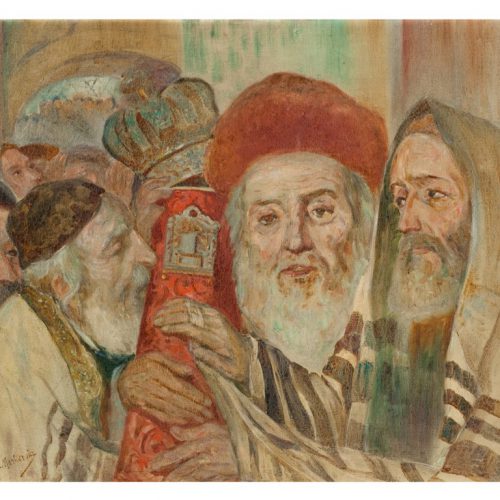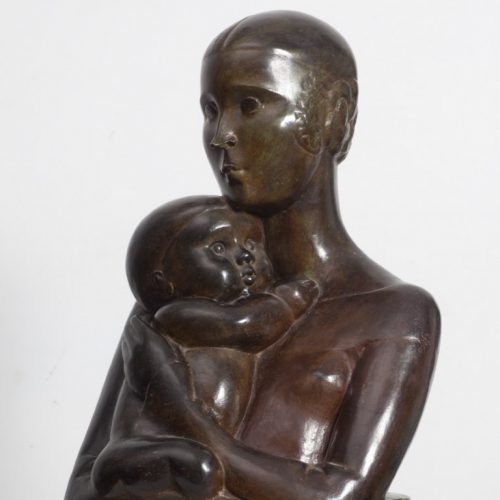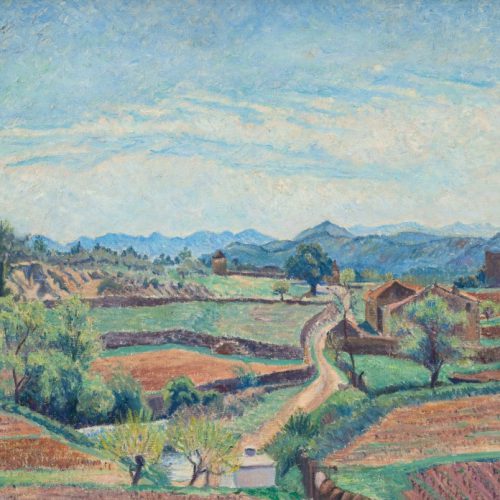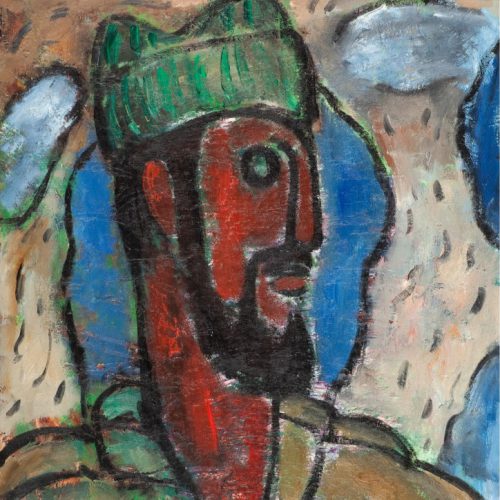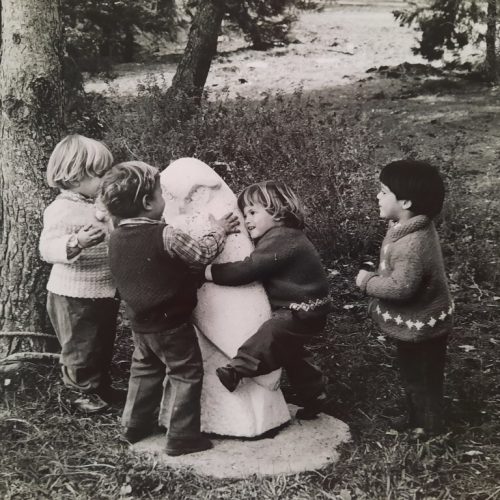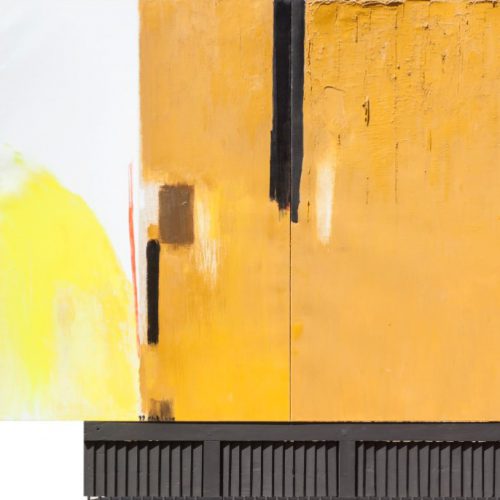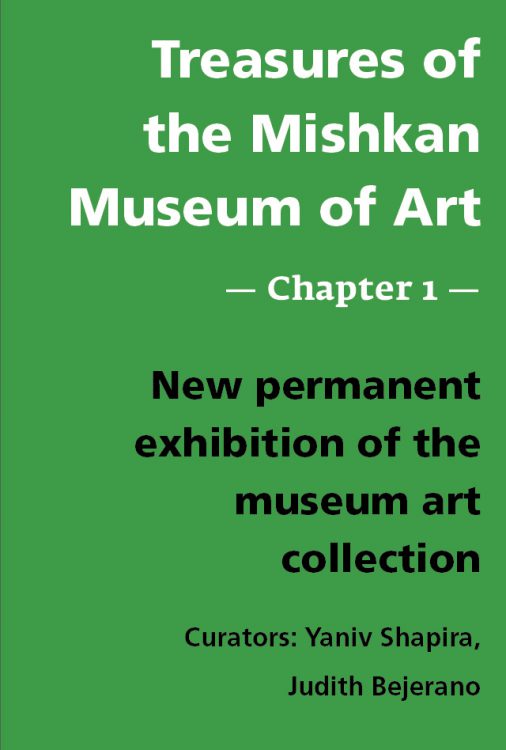
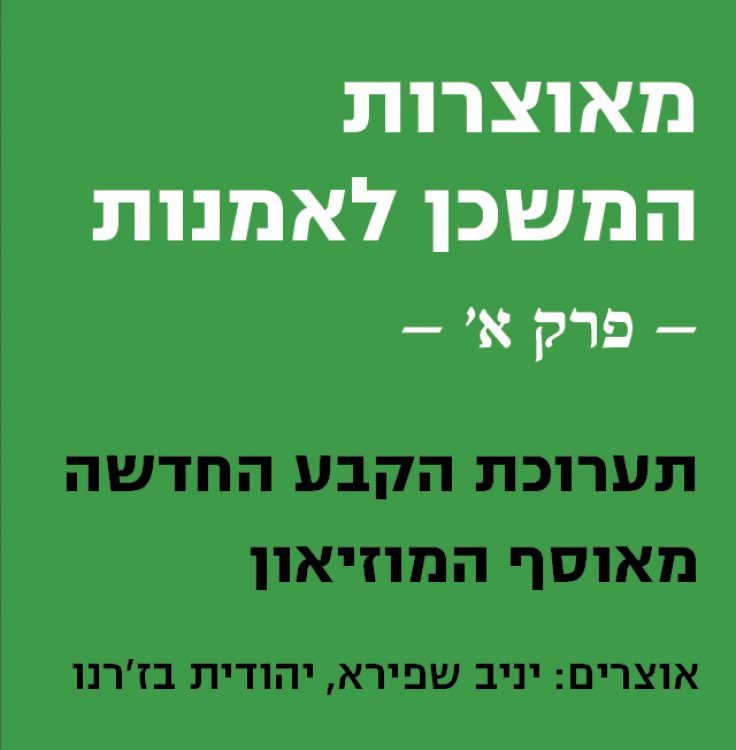
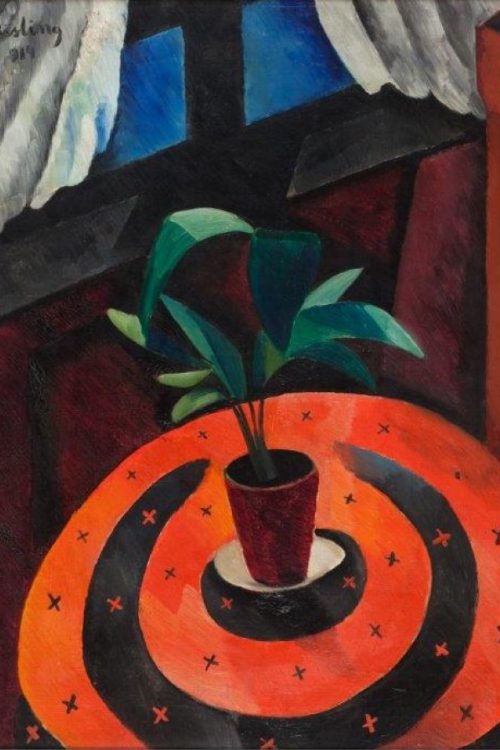
The Mishkan Museum of Art’s collection encompasses over 20,000 items from the late 19th century to the present day. These include paintings, graphics, sculpture, photography, and Judaica. At its core are works by the finest Jewish artists who worked in Europe and the United States, including the Jewish School of Paris; the largest concentration of works by Polish Jewish artists; and works by notable Eretz-Israeli and Israeli artists.
The permanent exhibition is an opportunity to see selected works from the collection, and to learn the inspiring history behind it, rooted in the pioneering and Zionist vision of the founders of Kibbutz Ein Harod and their inspiring view of art as a way of life.
At the time that the founders of the kibbutz struggled for their physical livelihood and realized the Zionist dream of settlement through daily labor, they also endeavored to establish a museum and assemble an art collection. From its inception, the Mishkan Museum of Art collection was founded on two main principles: the importance of art in the life of the individual and society, and the preservation of a connection with the Jewish past.
Pettiness of life and it will overwhelm us. ... Because the building of art is also the building of life within us” (Chaim Atar).The museum began as an Art Corner that was opened in 1938 in a hut that had served as the atelier of Chaim Atar – an artist and the museum’s founder. Its permanent abode, the first building in Israel designed expressly for art exhibition, was inaugurated in 1948, in a trail-blazing timeless structure that uses natural light in the galleries, and invites visitors to an encounter with various kinds of art and culture. This is also the reasoning behind the collection and current exhibition, which fuse together contrasting notions: Jewish art and heritage versus Israeli art and identity; the Jewish shtetl in the diaspora and the kibbutz; refugees and Zionist immigrants; sacred and secular.
left-up:
Artur Markowicz, In the Synagogue | Hana Orloff, Mother and Child, 1924 | Lucien Pissarro, La Vieille Route Cotignac
left-down: Reuven Rubin Palmach Soldier ,1948 | Yehushoa Zamir, Ein Dor, 1970 | Michael Gross, Untitled, 1999
The exhibition is dedicated with appreciation to the members of Kibbutz Ein Harod Ihud and Kibbutz Ein Harod Meuchad through the generations, who combine love of art with Zionist settlement and fulfillment.



